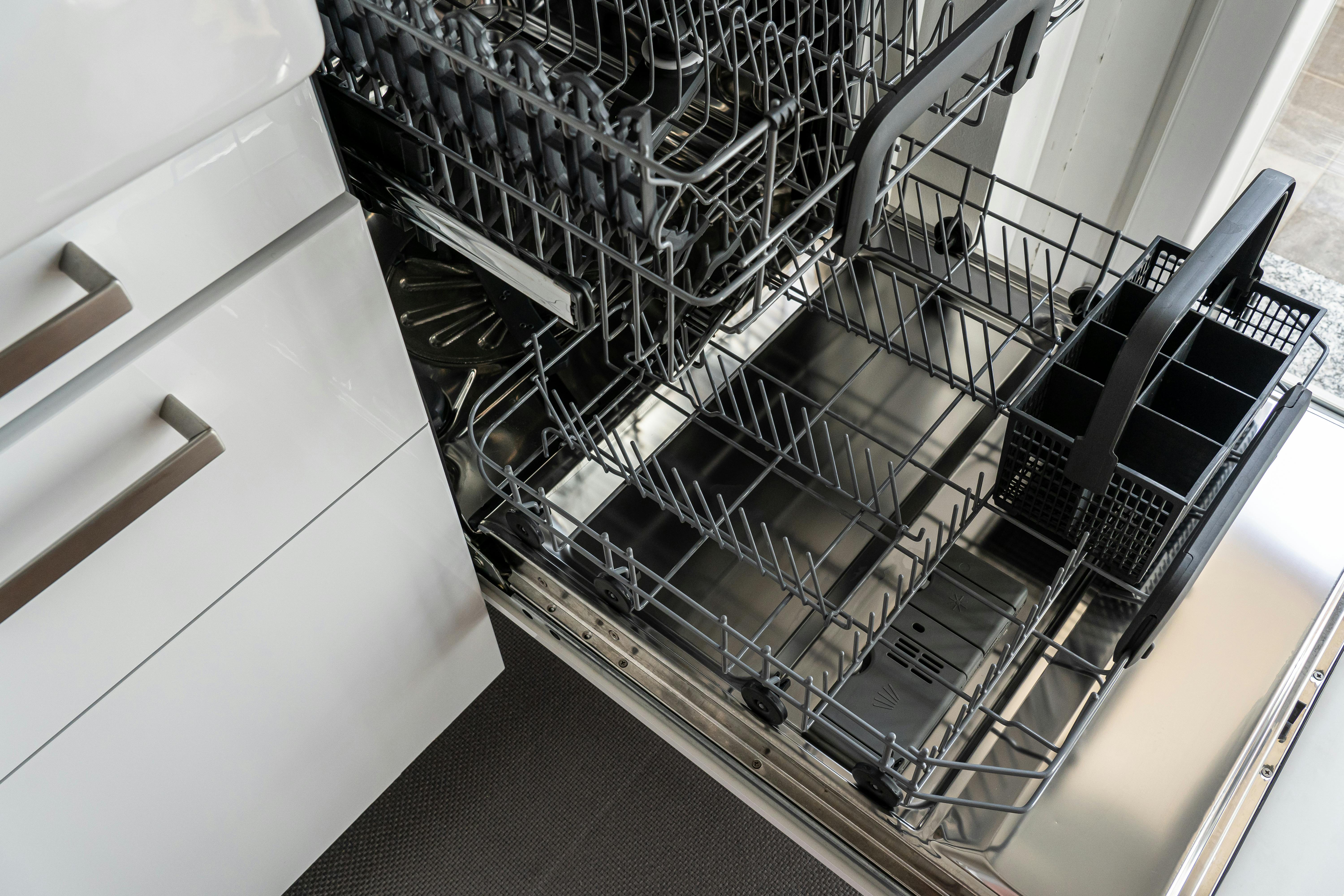You can also connect the cells in parallel where the current or amperage add up and the voltage stays the same. This method is not recommended as the voltage is too low to work and the current becomes large and energy is lost at the rate of current squared times the resistor. They are very simple and fun to do. He solders a tin-coated flat wire to tin-plated strips on each side of the solar cells and connects them to the next cell. The connection method determines the voltage and amperage. You can make a 12 volt 9 watt solar panel for $18.60 plus tax, dash and flexible glass or you can make a 12 volt 90 watt solar panel for $373.50 plus tax, dash and flexible glass.
Before you solder any wires to the solar cells, I would recommend that you set up a workbench outside in full sun and let the cells warm up to at least 100 degrees Fahrenheit or higher. The cells are quite fragile and can break if they are cold and you touch them with a hot soldering iron. A good rosin cored solder melts at about 374 degrees Fahrenheit.
Check each connection with a voltmeter to make sure you have a good connection between each cell and the next before you glue the cells to the backboard. Do not allow a tinned wire to hang over the edge of the solar cell in such a way that it can touch the tinned wire on the other side of the same cell, as this will short out that cell and will not contribute power to your solar panel. .
If this happens, cut the tinned wire so it doesn’t touch the other tinned wire, or if the solder flows to the bottom terminal, get a solder wick, which is many fine strands of copper wire on a spool. Pull out a short section, place it on the solder and place your soldering iron on the wick and it will pull out any excess solder.
Make two terminals on the edge of the back plate to connect the first and last solar cells and use these terminals to connect the device you want to power. Check the voltage and polarity of the solar panel with a voltmeter and mark these terminals + plus and – minus as indicated by the voltmeter.
The number of solar cells you solder together in series will give you the output voltage you want. Then you connect the output cables to whatever device you want to power. You can generate any desired output voltage in 0.5 Volt Direct Current (DC) increments and any output current by selecting different sizes of solar cells.
You can also connect the cells in parallel where the current or amperage add up and the voltage stays the same. This method is not recommended as the voltage is too low to work and the current becomes large and energy is lost at the rate of current squared times the resistance.
You can make a 12 volt DC solar panel with 28 solar cells. All of these solar cells generate an output voltage of 0.5 to 0.55 volts. 28 cells connected in series will generate between 14 and 15.4 volts DC. You need at least 2 additional volts to fully charge a 12-volt battery.




Recent Comments